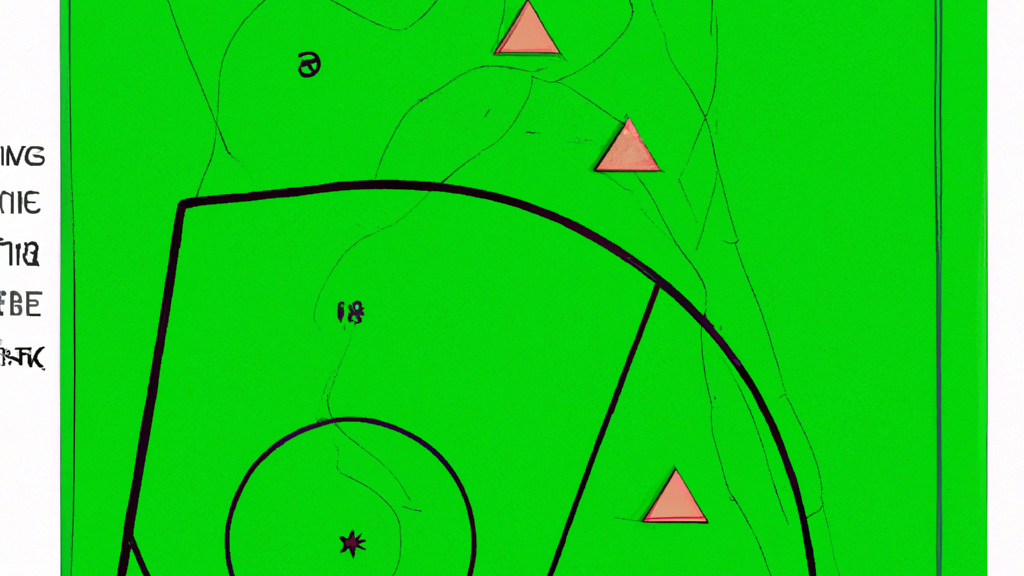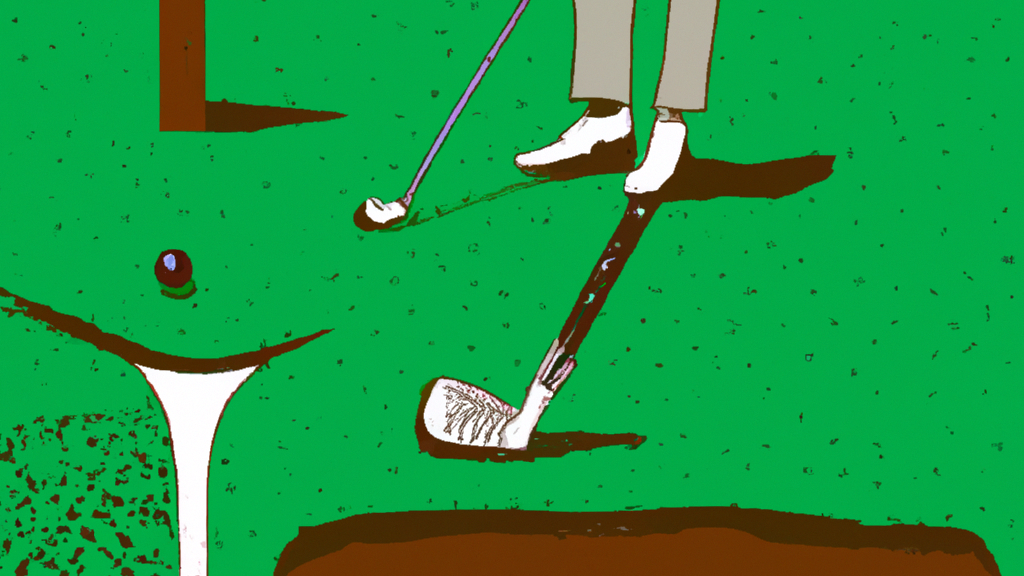GOLF COURSE MANAGEMENT: A GUIDE TO CART PATH MAINTENANCE
Golf courses are a haven for golf enthusiasts, offering a serene and picturesque environment to enjoy the sport. However, maintaining a golf course is no easy feat, and one of the most critical aspects of golf course management is cart path maintenance. Cart paths are essential for golfers to navigate the course, and their upkeep is crucial to ensure a smooth and safe golfing experience. In this guide, we will explore the importance of cart path maintenance, the different types of cart paths, and the best practices for maintaining them.
Whether you are a golf course owner, manager, or a golfer, this guide will provide you with valuable insights into cart path maintenance and help you enhance your golfing experience. So, let’s dive in and learn more about golf course management: a guide to cart path maintenance.

Golf Course Cart Path Maintenance
Golf courses are a beautiful and serene place to spend a day, whether you are a professional golfer or just someone who enjoys the sport. However, maintaining a golf course is no easy task. One of the most important aspects of golf course management is cart path maintenance. In this guide, we will explore the importance of cart path maintenance and provide tips for keeping your golf course’s cart paths in top condition.
Importance of Cart Path Maintenance
Cart paths are an essential part of any golf course. They provide a safe and convenient way for golfers to travel from hole to hole without damaging the course. Cart paths also help to protect the turf from excessive wear and tear, which can lead to costly repairs and maintenance.
Tips for Cart Path Maintenance
- Regular Cleaning
- Repairing Damage
- Maintaining Proper Drainage
- Choosing the Right Material
- Concrete
- Asphalt
- Gravel
To clean your cart paths, start by removing any loose debris such as leaves, twigs, and grass clippings. Next, use a pressure washer or hose to wash away any dirt or grime. Be sure to use a mild detergent or cleaning solution to avoid damaging the surface of the cart path.
To repair cart path damage, start by cleaning the affected area thoroughly. Next, fill any cracks or holes with a high-quality patching material. Be sure to follow the manufacturer’s instructions carefully to ensure a proper repair. Once the patching material has dried, use a sealant to protect the repaired area from further damage.
To maintain proper drainage, start by ensuring that your cart paths are properly sloped. This will help to ensure that water flows away from the path and does not accumulate. Next, install drainage channels or other drainage systems as needed to help move water away from the cart path.
Finally, it is important to consider the type of material used for your golf course’s cart paths. There are several different materials to choose from, each with its own advantages and disadvantages.
Concrete is a popular choice for cart paths due to its durability and low maintenance requirements. However, concrete can be expensive to install and may crack over time due to heavy use or exposure to the elements.
Asphalt is another popular choice for cart paths. It is less expensive than concrete and can be easily repaired if damaged. However, asphalt can become slippery when wet and may require more frequent maintenance than other materials.
Gravel is a low-cost option for cart paths. It is easy to install and can provide good drainage. However, gravel can be difficult to maintain and may require frequent regrading to prevent erosion.
Ultimately, the choice of material for your golf course’s cart paths will depend on a variety of factors, including your budget, maintenance requirements, and aesthetic preferences.
Conclusion
Cart path maintenance is an essential aspect of golf course management. Regular cleaning, repair, and proper drainage can help to ensure that your cart paths remain safe and attractive for golfers. By following the tips outlined in this guide, you can keep your golf course’s cart paths in top condition and provide a great experience for golfers of all skill levels.

- Golf Course Winter Maintenance Tips for a Productive Off Season …
Feb 16, 2023 … Covering your greens · Equipment maintenance, purchasing and repair · Maintenance facility improvements · Tree work · Irrigation and cart path … - Golf Course Maintenance: A Beginner’s Guide to Streamlining O&M
Oct 5, 2022 … Golf course maintenance is more complicated than mowing a lawn and turning on … the maintenance burden by keeping carts on assigned paths, … - The Ultimate Start of Golf Season Guide for Golf Courses – Lightspeed
Mar 15, 2023 … Equipment maintenance and golf cart tune up. The off season doesn’t mean all golf course maintenance operations cease. After all, preparing for … - Balboa Park Golf Course | Parks & Recreation | City of San Diego …
Please help us maintain the golf course by following the posted cart rules, all Marshal instructions and staying on the cart paths whenever possible. - Golf course maintenance and management guide
1.0 Introduction to Golf Course Maintenance and Management … the grass around greens and tee boxes and clearing fallen leaves or debris from cart paths. - The Complete Guide to Golf Course Maintenance
Jan 27, 2023 … Educate them about repairing minor scuffs, keeping carts on paths, or raking sand traps. How Can Asset Operations Management Assist With Golf … - Mastering The Business of Golf Course Agronomics [Career Guide …
Sep 27, 2021 … In addition to their course maintenance crew, superintendents work … The most direct path to a golf course management career is to earn a … - Golf Course Maintenance Guide
May 5, 2021 … Country club, clubhouse, and any other buildings onsite; Irrigation systems and landscaping; Equipment like mowers, and servicing golf carts … - Depreciable Golf Course Land Improvements and the Impact of Rev …
Rul. 2001-60, (2001 TNT 231-18), published November 29, 2001. This directive is not an official pronouncement of the law or the Service’s position and cannot be … - Fayette County Master Path Plan – Path System Design Guidelines
Peachtree City has also developed a path user guide. It states that “golf carts DO NOT have the right-of-way on paths, on roads, or in crosswalks. Cart …
Stuff about Golf Course Management: A Guide to Cart Path Maintenance you didn’t know
- The first recorded game of golf was played in Scotland in the 15th century.
- Golf balls were originally made out of wood until the 17th century when they began to be made out of leather and stuffed with feathers.
- The Masters Tournament, one of golf’s four major championships, has been held annually at Augusta National Golf Club since 1934.
- Professional golfer Tiger Woods has won a total of 82 PGA Tour events, tying him for the most all-time with Sam Snead.
- In addition to physical skill, mental toughness is also crucial for success in golf as players must maintain focus and composure throughout a round that can last several hours.
- Many country clubs offer amenities beyond just golf such as tennis courts, swimming pools, and fine dining options for members to enjoy.
- Caddies have been an integral part of professional golf since its inception and are responsible for carrying a player’s clubs during a round while also providing advice on course strategy and reading greens.
- The Ryder Cup is an international team competition between Europe and the United States that takes place every two years alternating between courses in both regions





